If you have traveled in Asia, you know that temples are on your itinerary. The rich cultural heritage of Asia’s religions means any tour you take in Asian countries will be peppered with temples! temples! temples!
How many ways can you photograph a temple? We learned about shotlists with Ralph Velasco a few days ago. So let’s apply that idea to our tour of Asia’s temples. Here’s a shotlist that includes the many beautiful ways you can look at a temple.
1. Wide architectural shot – you're going to be using a wide angle lens for this shot. I used a 16-35mm for this one.
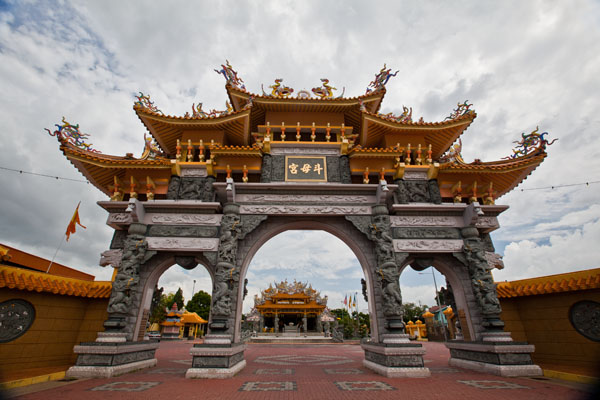
2. Detail of architecture – you can use a normal lens for this one, or if using a zoom lens, a focal length of 50mm. I underexposed the shot to bring out the rich gold of the dragon doorknob.
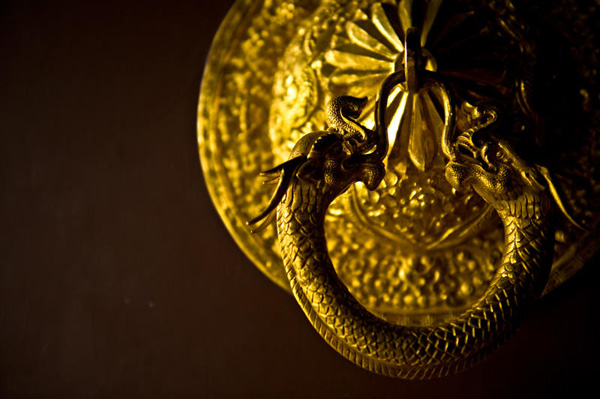
3. The incense smoke shot– This is a challenge. You can underexpose to bring out the smoke, but many times the incense sticks are outside the temple rooms. That means you can't get enough darkness behind the smoke to give it contrast.
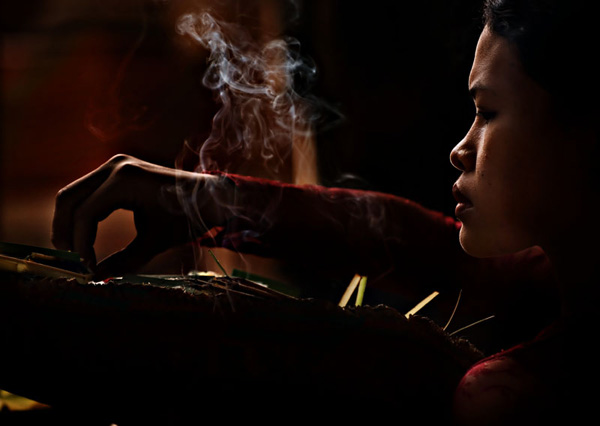
4. The candle or flame shot closeup OR the wide shot of candles or flames – in any temple you will find candles or open flames. There are a variety of ways you can shoot these. You can abstract them, or you can go wide.
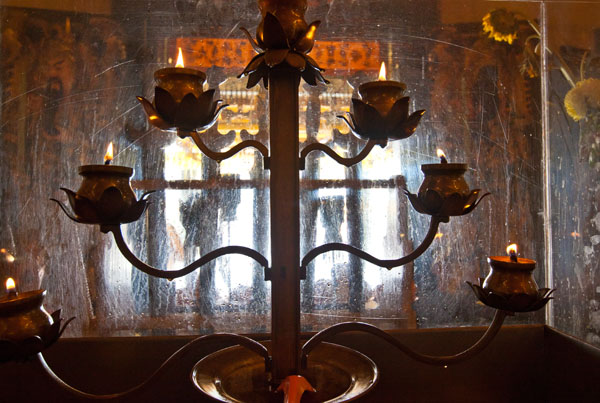
5. The frame within a frame shot– This kind of shot gives you instant depth. Your image will have perspective, it will have leading lines. Finding natural frames at temples give context to your photo of a portal.
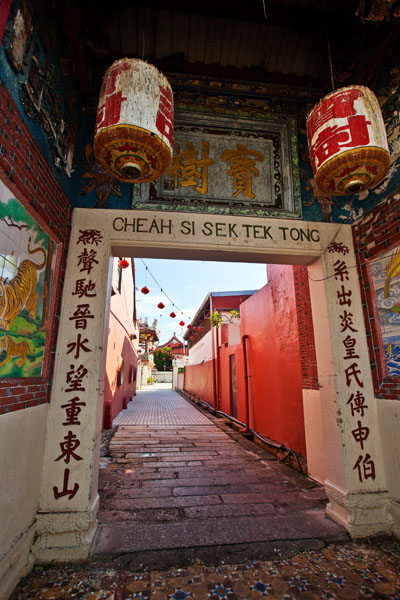
6. Closeup of a monk or religious– In certain Asian countries, it is easy to find monks at temples, such as in Luang Prabang, Laos, or Burma (Myanmar). In places like Nepal, if you go to a Tibetan temple, you can find monks praying at all times of the day. In certain cases, you can ask a monk if you can take his photo. Chances are, he will agree, and you have to be quick with the composition decisions because one or two shots is probably all you will get.
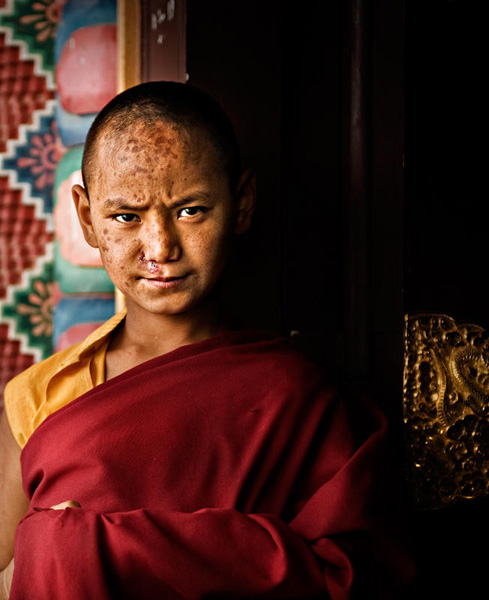
7. Environmental shot of monk or religious– for these types of shots, you can take candid or unposed shots, because you don't need to be so close to isolate the portrait. You can include the surroundings around your subject, and give your photo a story.
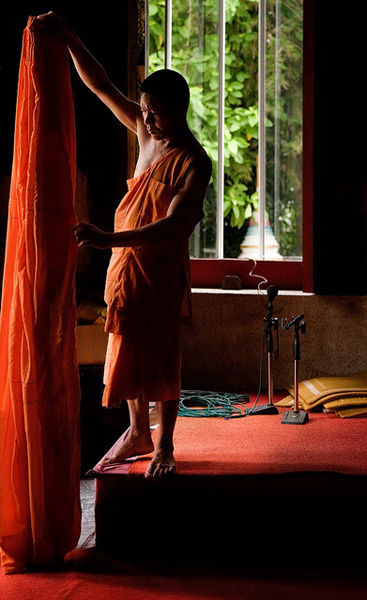
8. Abstracting a person– by abstraction in a portrait I mean not including the face or eyes of the person. Use a zoom lens for this type of work, so you can capture the person in a natural pose.
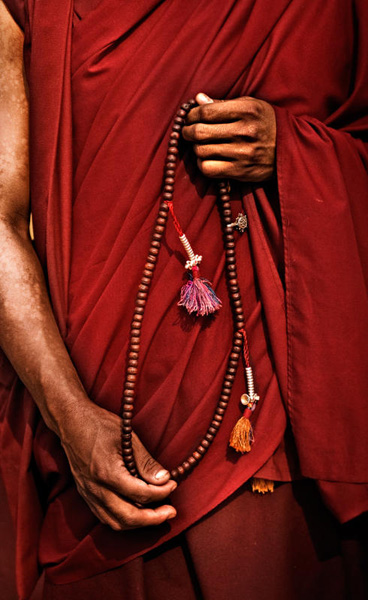
9. Motion at the temple– a little bit of motion blur in your photos can add dynamism to it. In some temples in Asia, like this one in Nepal, there is a large courtyard, where often birds flock. This monk was walking through the courtyard, startling birds.
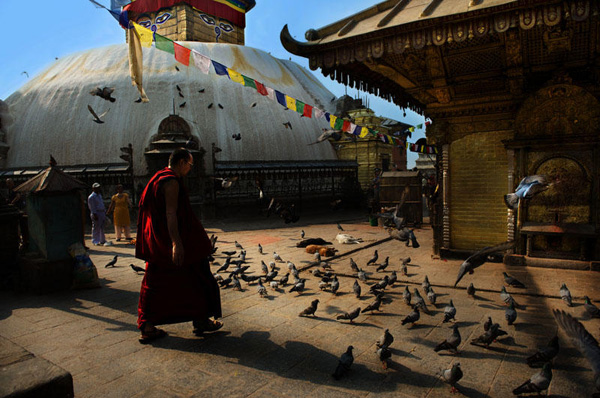
10. Worshippers at the temple – a long telephoto is a better choice for this kind of shot. The sense of intimacy that the long zoom gives, not to mention the courtesy of not sticking a short lens into a worshipper's face, will benefit the photographer.
11. Prayer ceremonies or rituals– if you are lucky enough to be at a temple during a prayer ceremony or ritual, it might be helpful to know what lens you should use. A superzoom such as a 18-200mm is a good one to have on the camera. The variety of shots you can make with this lens is endless. You can also go wide in very dark situations, using the 18-24mm end of the lens' focal length. Or, if you have a good source of light such as a wide window, you can zoom into the telephoto end.
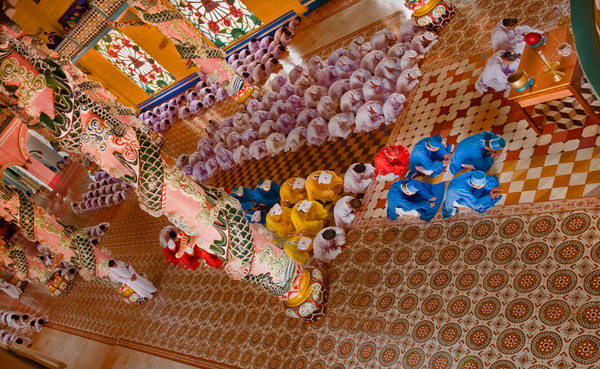
12. Images of hope and wishes– temples are about wishes and hopes. Every religion has a different way to express these wishes and hopes. Find out what it is for that particular temple, and make it an assignment to capture that wish in a photograph.
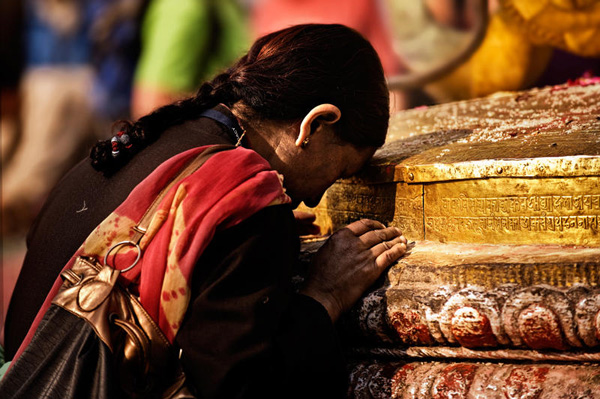
13. Color – just shooting colors at a temple is fun. Temples in Asia are ultra colorful, and have a lot of gold. Gold photographs well, especially when you underexpose.
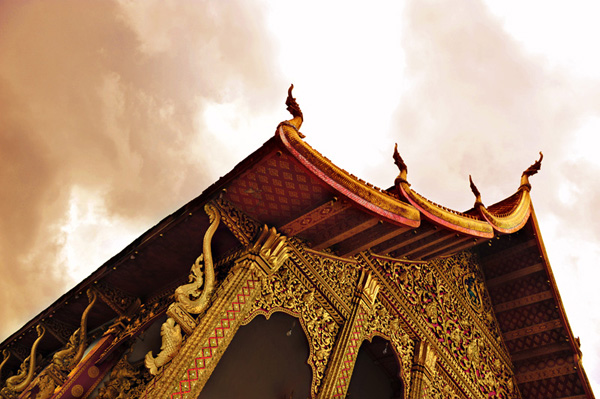
14. Atmospheric and moody temple shot– billowy clouds, or an impending storm, or darkness falling are great backdrops for a temple. Making a moody shot of a temple is easy. Go wide, include the sky, and move around to give yourself different perspectives.
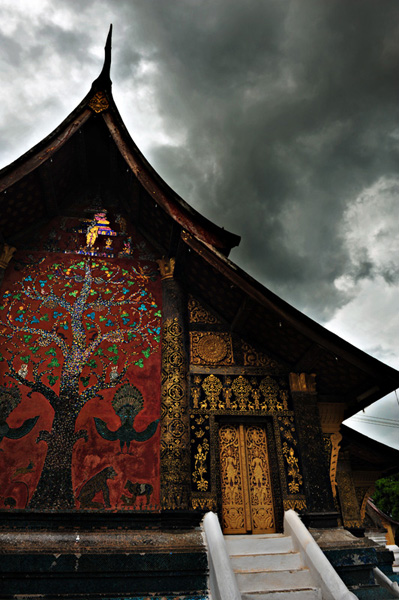
15. Low light photography inside the temple – this is an opportunity to test your camera's ISO. Go with a high ISO, and look for angles of light.
16. Shallow depth of field shots– these kinds of shots can be artistic. Focusing on one object and letting the colors in the temple blur in the background can make for an interesting shot.
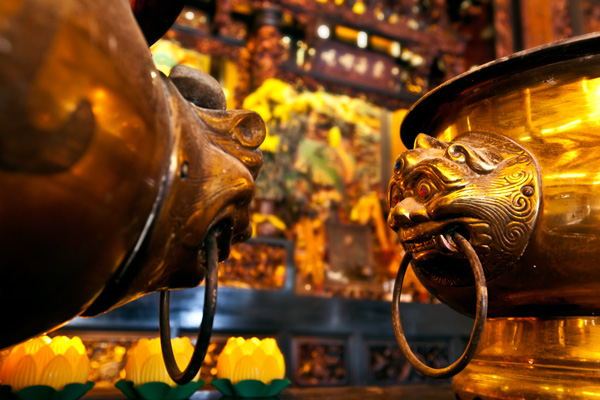
17. Stacked shots– these are shots that juxtapose different planes into the same frame. The effect is like the ‘frame within a frame,' but it could be more dynamic and mysterious.
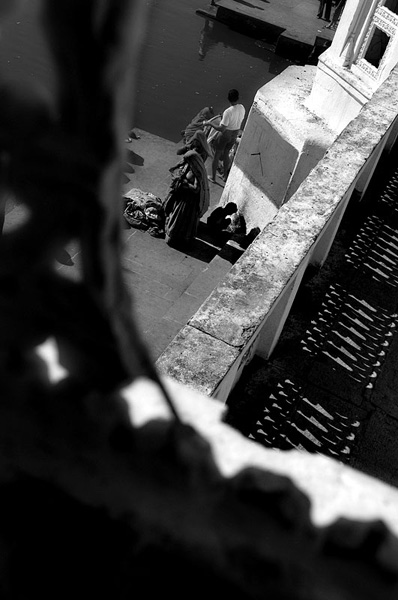
18. Doorways and windows– often doorways and windows to temples are stunning. Some are textured and old, some have rusty hinges and doorknobs, and others are wildly colorful.
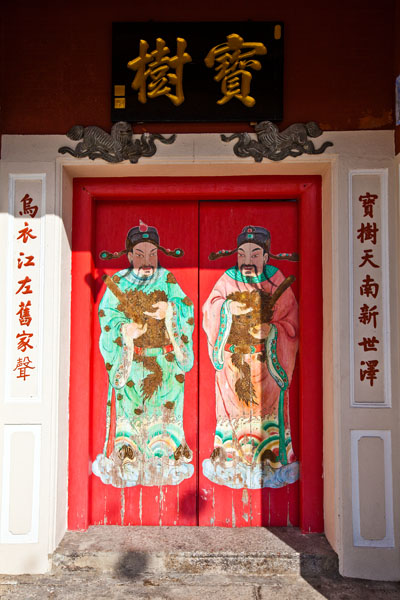
19. Statues– many Asian temples have statues. There are a few ways to photograph statues. You can focus on their expression, abstract their hands, or notice details about them that tell stories of the people who have come to visit them.
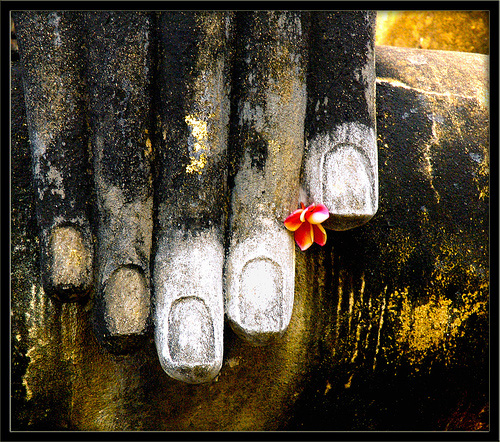

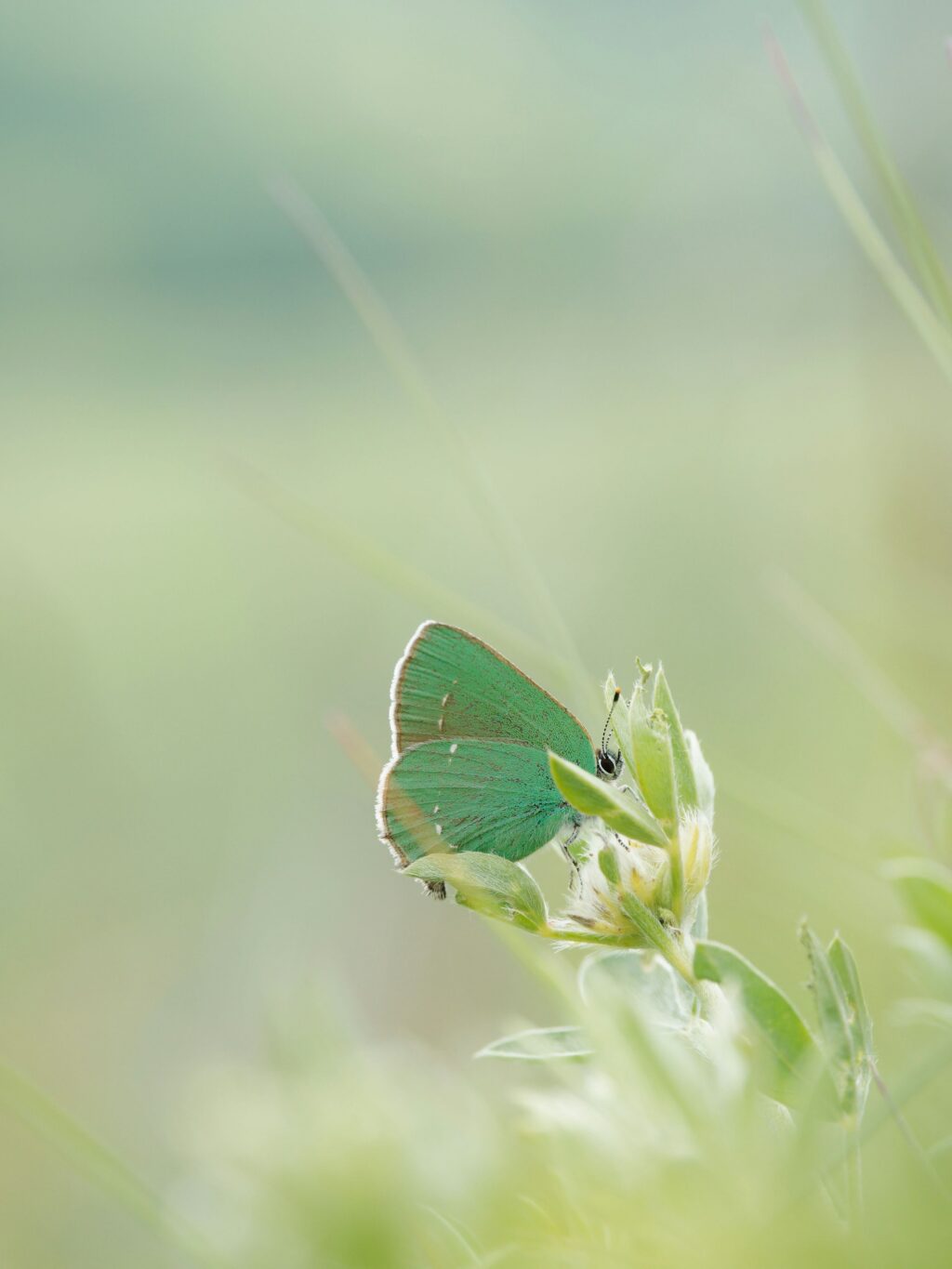

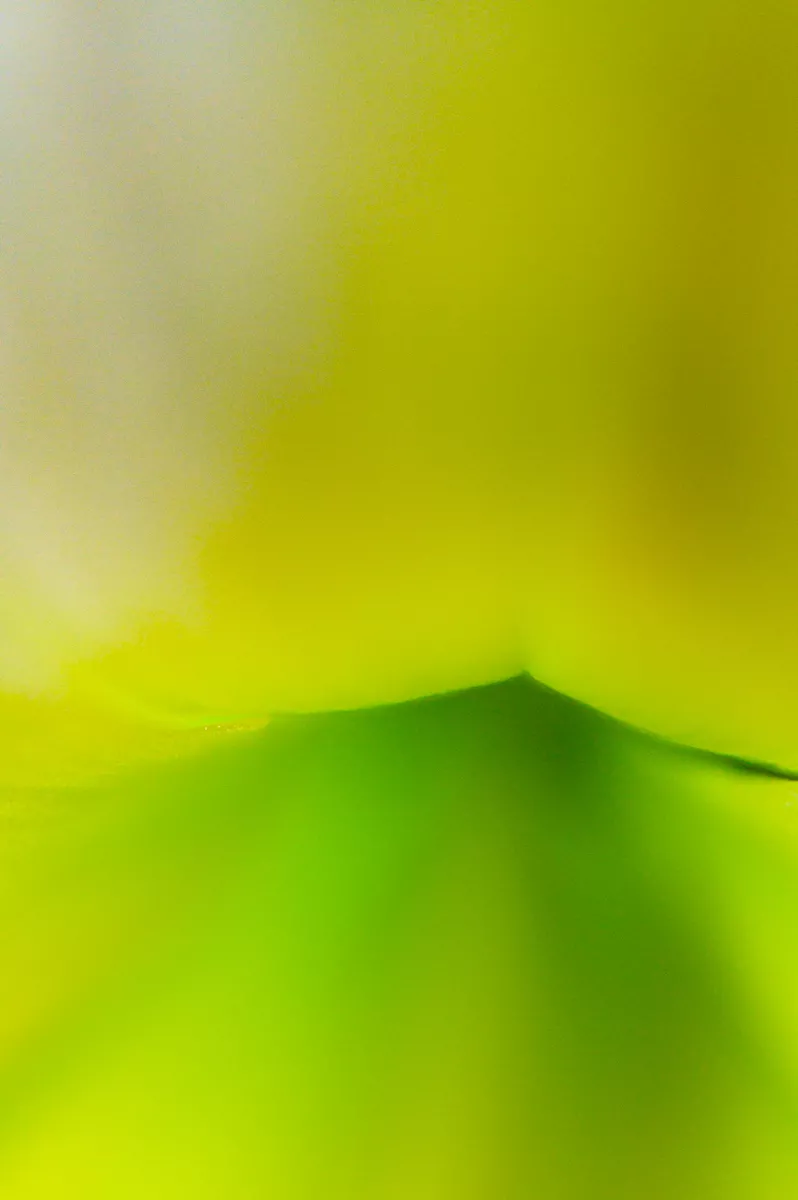
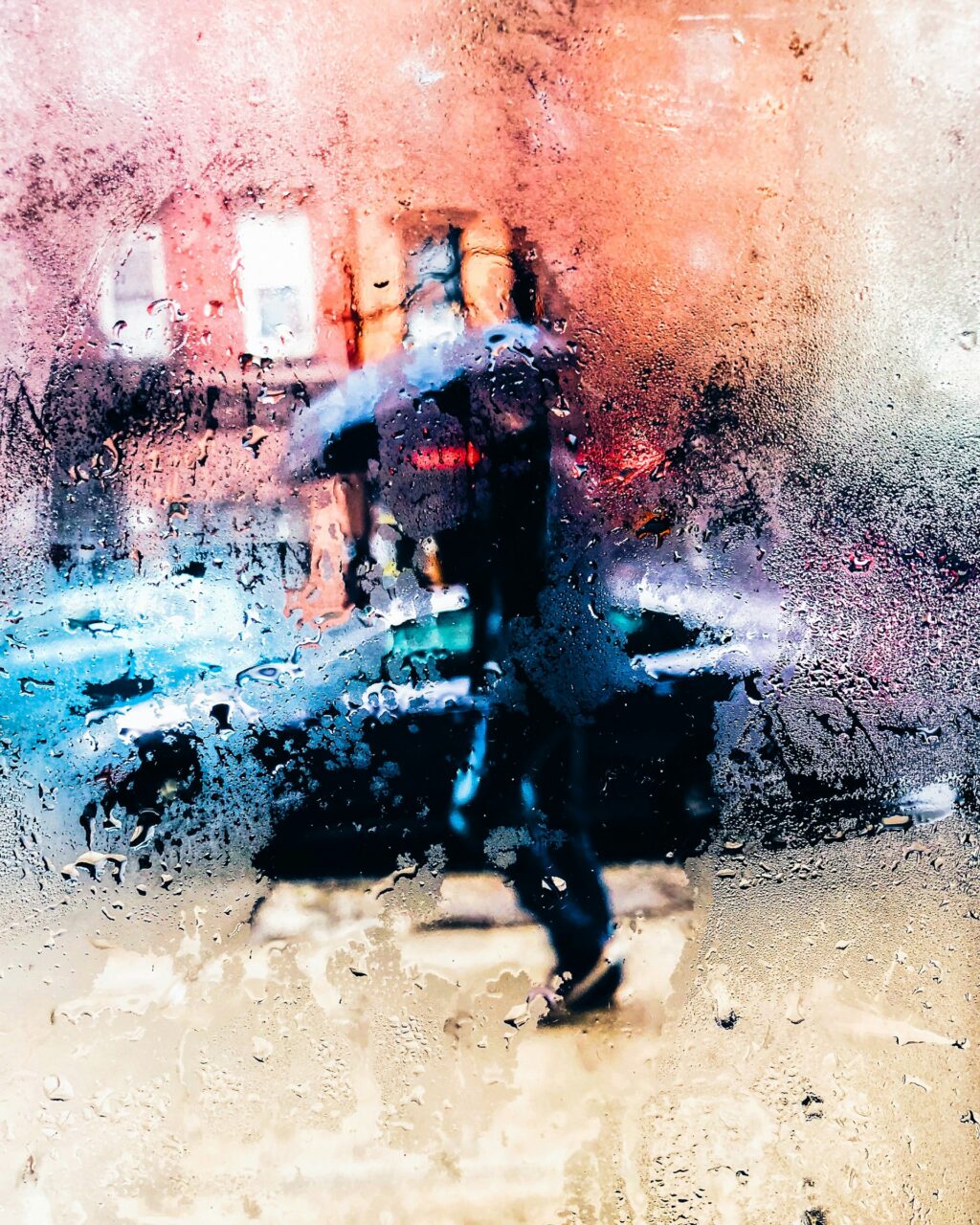
5 Comments
great images
Really wonderful and varied examples, and I love the idea that you work from a shot list, which is so important to create an overall cultural portrait of a place.
If you don’t mind, I’d like to tell your readers about an inexpensive iPhone app I created called My Shot Lists for Travel that helps all levels of photographers to organize and track their shot list. Just 99 cents on iTunes ).
Again, great work!
very excelent
Really useful information and perfect timing for my upcoming trip to Tikal Guatemala.
very useful information which helps my upcoming feild trip to a temple. Thank You!